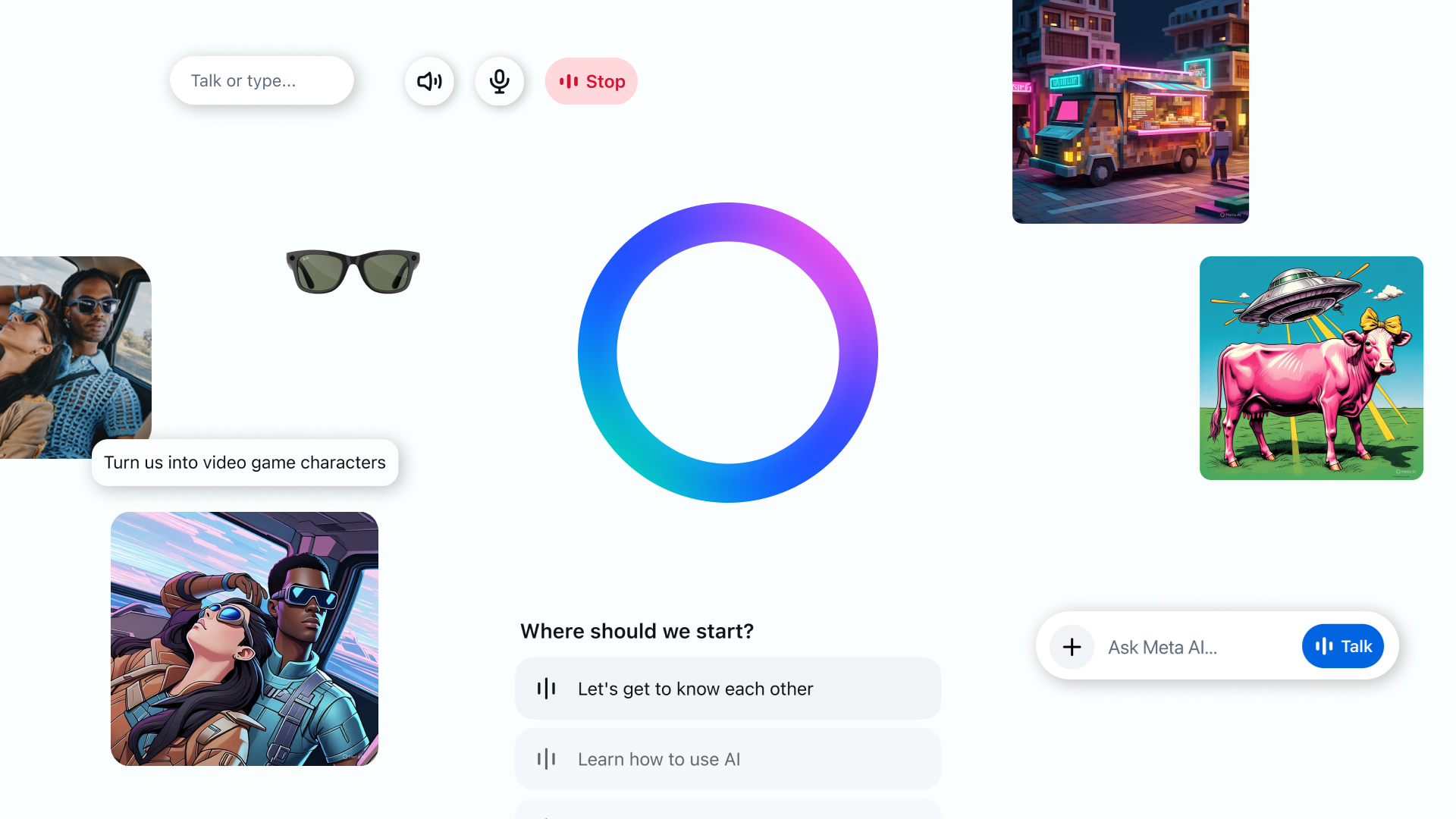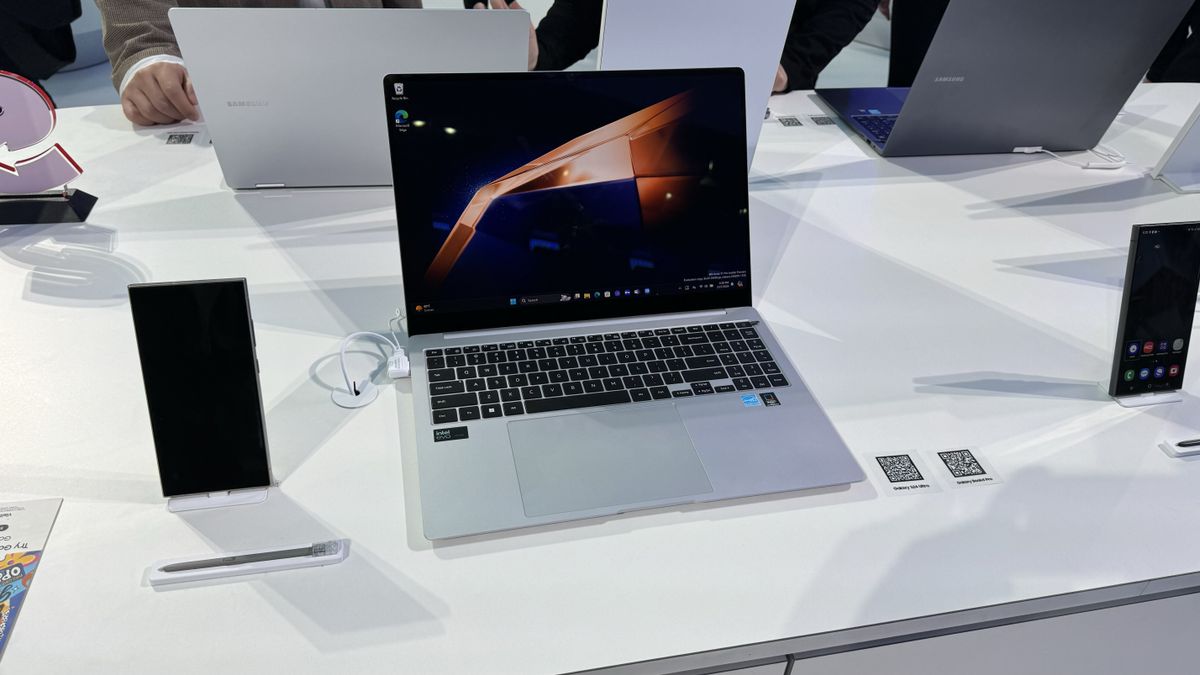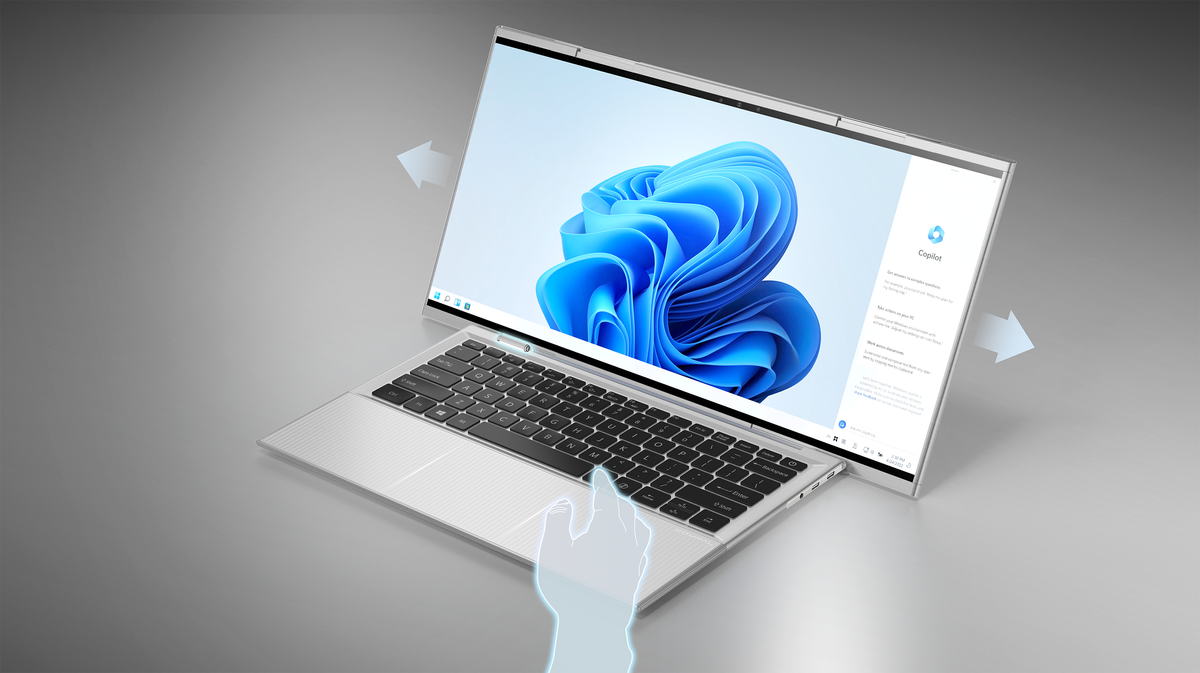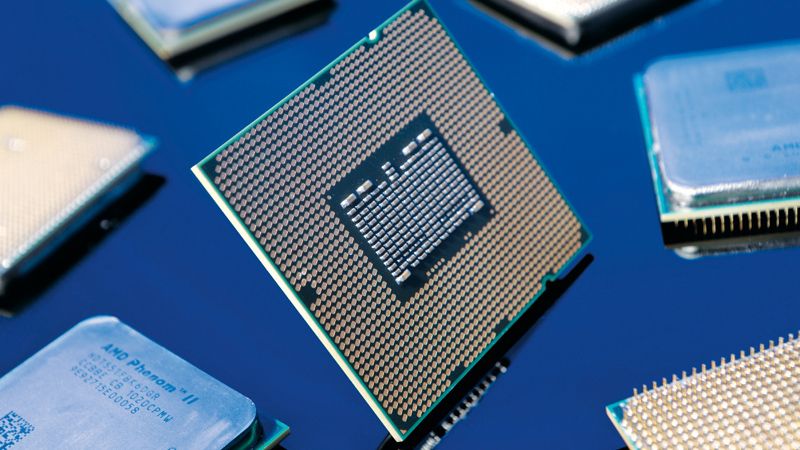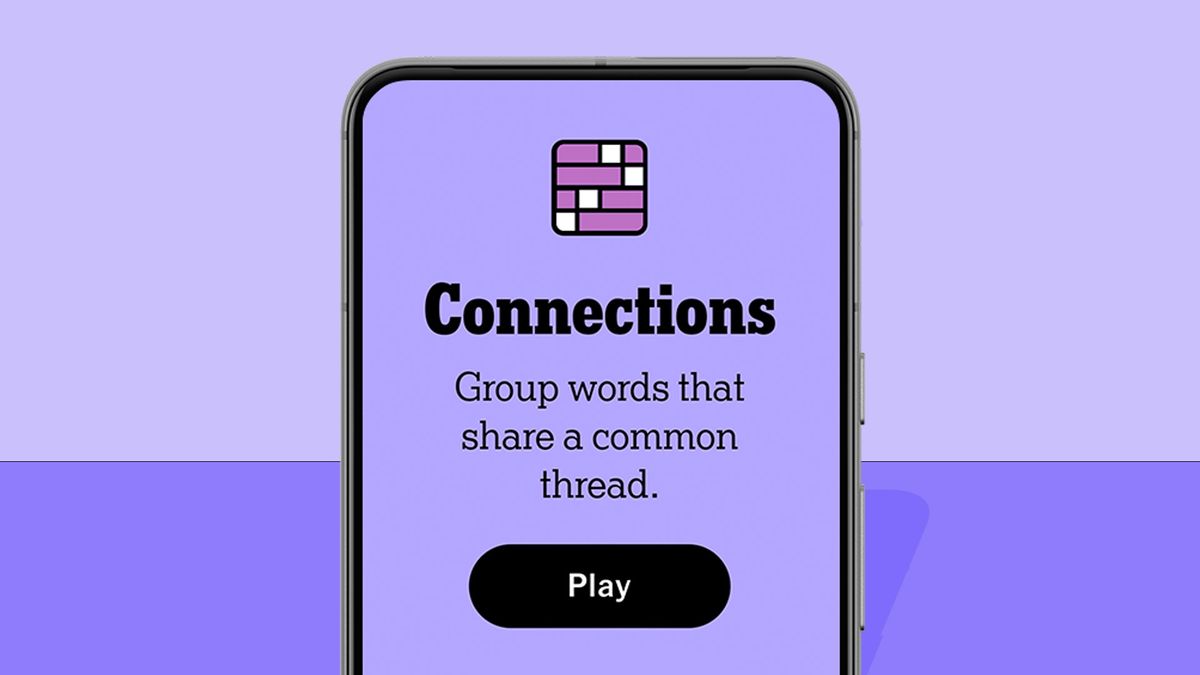- Goal has launched a new independent application for its goal assistant AI, driven by flame 4
- The application is connected through finish platforms and devices, including finish glasses
- The goal AI customizes its behavior based on its Instagram and Facebook activity
Goal AI is moving towards its own space with the launch of a new independent application. Driven by the new Meta Llama 4 model, the new application is simultaneously an independent product and an View goal replacement, which was previously used to connect to the meta smart glasses of Ray-Ban.
Goal is making a great play here, positioning voice interactions as the most intuitive and natural way to interact with its AI. The application admits hands-free chat and even includes a demonstration of full-duplex speech, a feature that allows you to speak and listen at the same time.
That is very useful considering how enthusiastic it is to connect goal AI with the company's largest product portfolio, especially the Ray-Ban Meta Smart glasses. These enabled shows will now work through the goal AI application, replacing the Meta View application that they currently trust.
That means that you can start a conversation on a platform and make an easily transition to another. All you need to do is open the device tab in the application and replicate its configuration and information saved.
Ask a question through your smart glasses, receive a goal answer AI and then pick up that same thread on your phone or desk later. You can change your voice chat in your glasses to read the conversation in the history tab. For example, I could be on a walk and ask Meta AI through his glasses to find a nearby bookstore. The answer will be saved in its goal AI application for a subsequent review.
The other important element of the goal AI is the FEED Discover. You can see things publicly shared as successful ideas and images that have generated in the feed, then remind them for their own ends.
In addition, the goal desktop version AI is also being renewed with a new interface and more image generation options. There is also an experimental documents editor to compose and edit text, add images and export it as PDF.
Meta has spent many months spreading a goal AI on Instagram, Facebook, Messenger and WhatsApp, but now, this is the first time ai is not housed within another mobile application.
The AI connection with the other goal applications gives an advantage (or a failure, depending on your opinion) by allowing you to adapt your behavior based on what you do in those other applications. Goal AI is based on its Instagram and Facebook activity to customize your answers.
Ask him where to go to dinner, and he could suggest a ran place about which his friend published last week. Request advice on an upcoming vacation, and you will remember you once you love that you love “traveling the light but overpack emotionally” and suggests an itinerary that can fit in that attitude.
Meta clearly wants me to be central to all its digital activities. The way the company presents the application, seems that you will always be registered with it, either on your phone or in your head.
There are obvious parallels with the chatgpt application in terms of style. But goal seems to want to differentiate its application from the creation of OpenAI emphasizing the personal about the broader utility of an AI assistant.
And if there is one thing that targets more than almost anyone, they are personal data. Goal AI taking advantage of your social data, voice habits and even smart glasses to offer answers designed for you feel very much in the brand.
The idea that ai forms an album of mental cuts of his life based on what he liked on Instagram or published on Facebook might not attract everyone, of course. But if you worry, you can always put your smart glasses and ask the goal to help.

